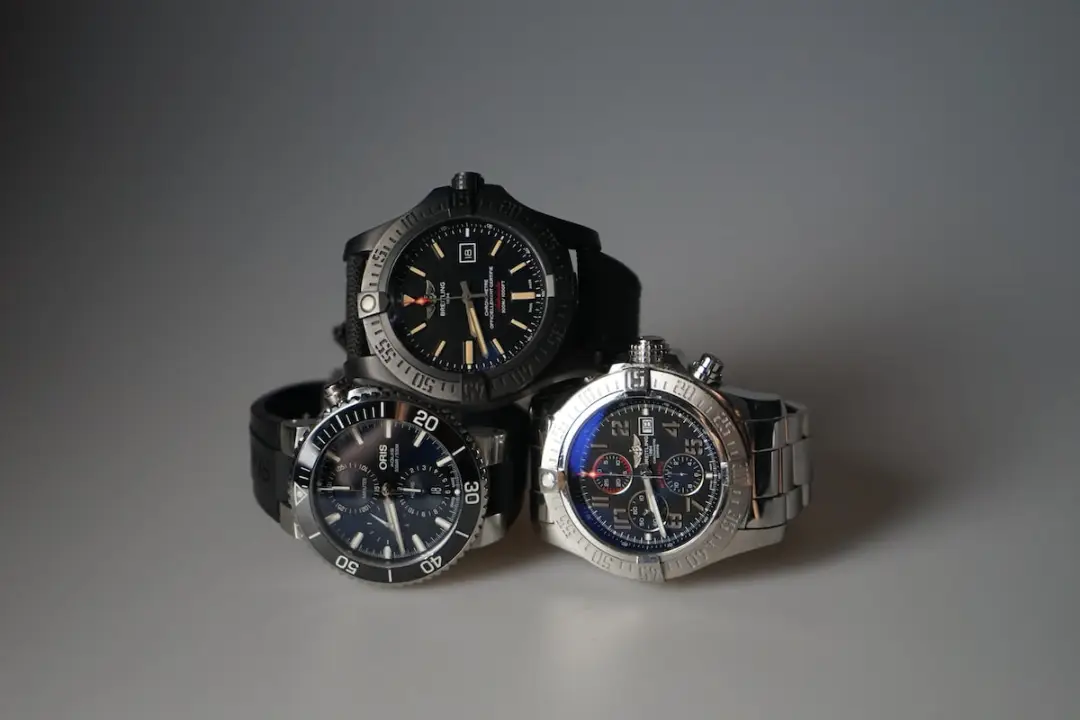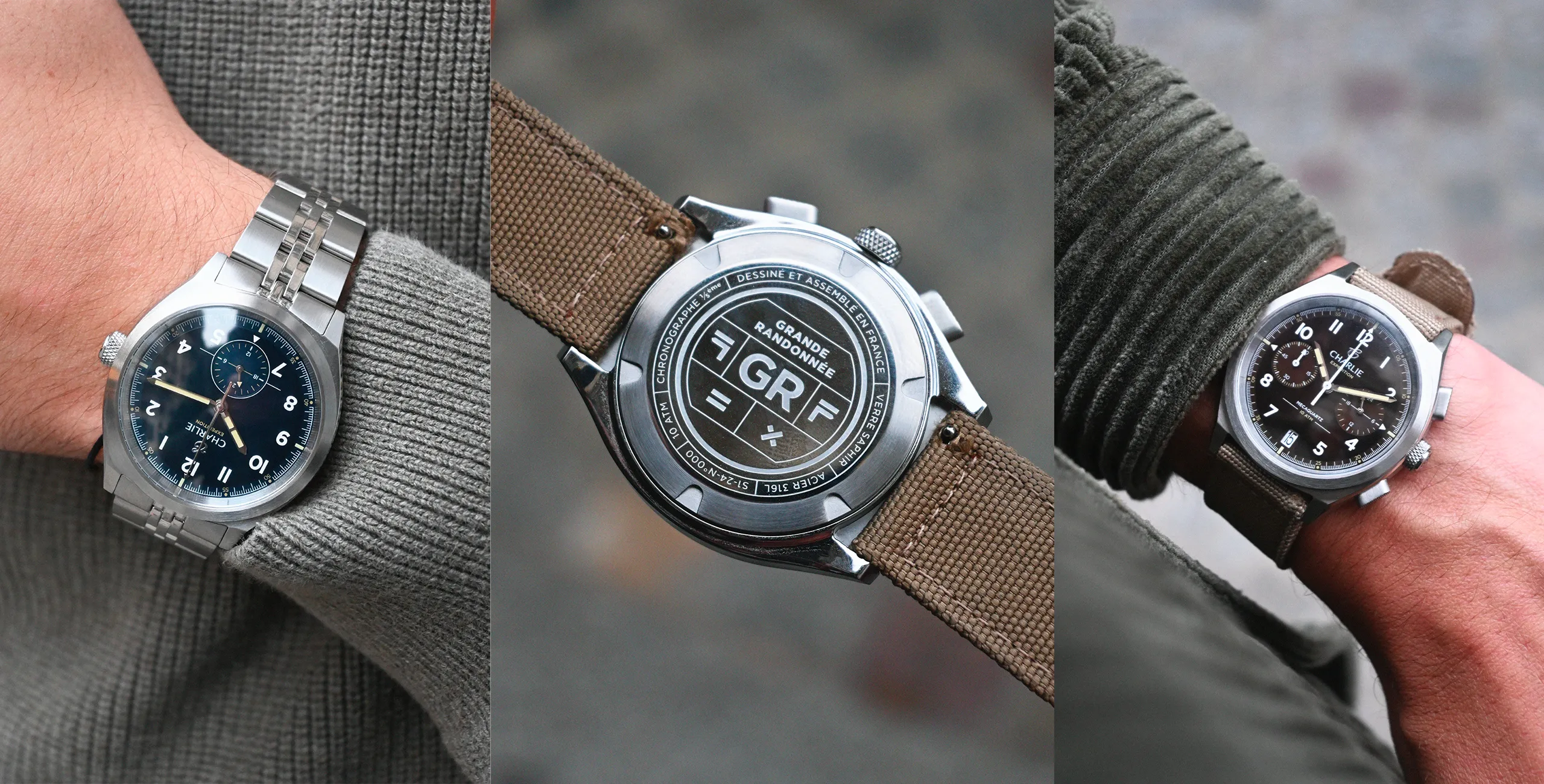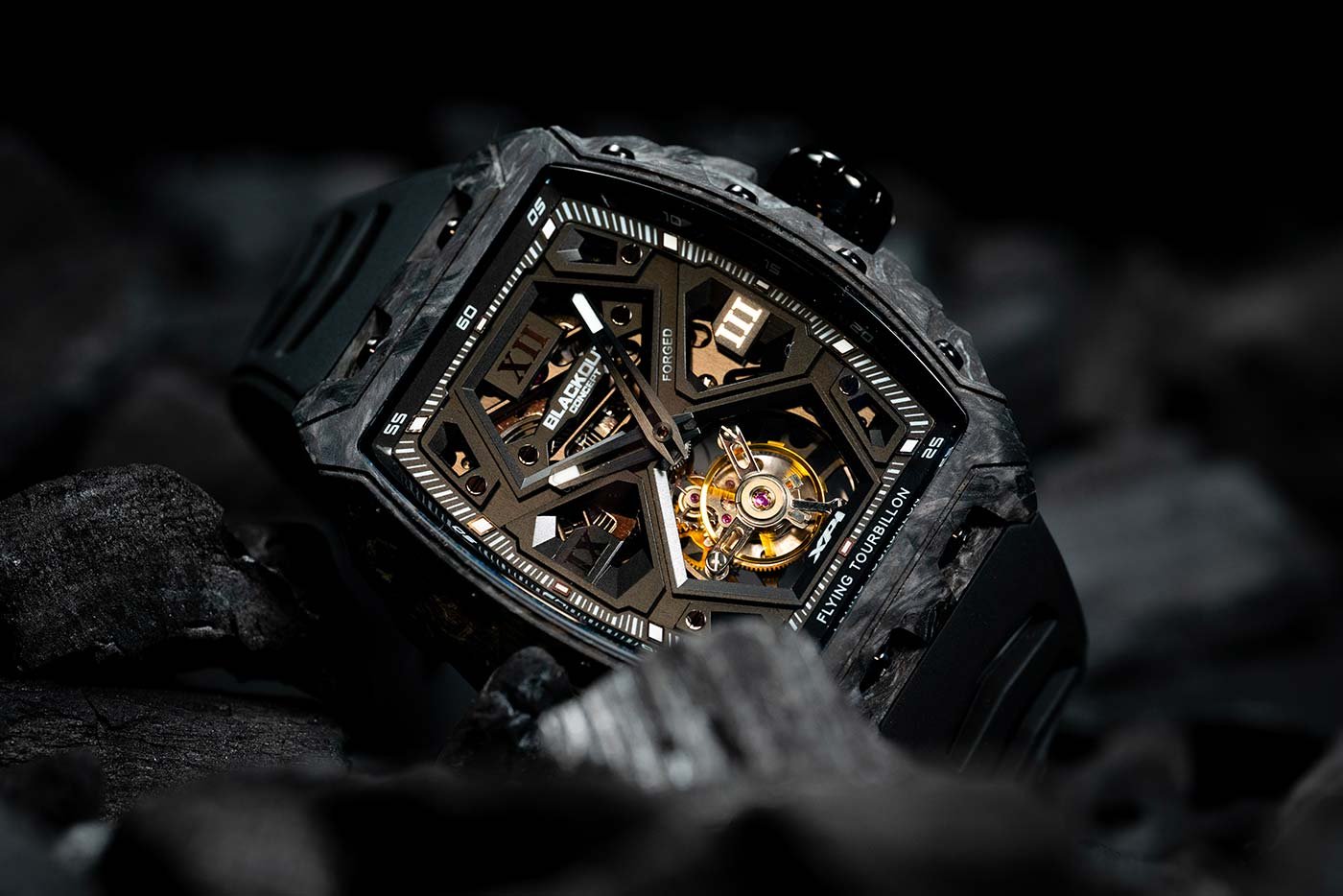Table of Contents
Discovering the complex mechanisms of watches is a real pleasure for watch lovers. Complications are these additional functions which enrich the time display and bear witness to the exceptional know-how of the master watchmakers.
In this guide, we invite you to discover certain essential horological complications.
The date, the essential complication
The date designates any complication linked to the display of the date on a watch. There are several types of calendars:
- The simple calendar: it shows the day of the month in numbers and must be manually set at the end of months with less than 31 days.
- The full calendar: it displays not only the day of the month, but also the day of the week and the month. It also requires manual adjustment at the end of months with less than 31 days.
- The annual calendar: this clever complication requires only one manual adjustment per year, at the end of February.
- The perpetual calendar: considered one of the most prestigious complications, the perpetual calendar takes leap years into account and does not require manual adjustment before 2100.
The moon phase, a poetic complication
The moon phase is undoubtedly one of the most appreciated complications for its aesthetic and poetic aspect. It consists in representing the lunar cycle on the dial of the watch. The accuracy of this display may vary depending on the quality of the mechanism. There are in particular:
- Simple moon phases: they show a deviation of one day approximately every two years.
- Astronomical moon phases: much more precise, they only require adjustment every 122 years.
The chronograph, to measure short times
The chronograph is a function particularly appreciated by sportsmen and motor racing enthusiasts. It allows short times to be measured independently of the time display. Chronograph hands are usually positioned on specific counters or in the center of the dial. Among the different types of chronographs are:
- The monopusher chronograph: it has a single pusher to start, stop and reset timing. This type of chronograph is often considered more elegant and streamlined.
- Split-seconds chronograph: also called “double chronograph”, it has a second hand which allows intermediate times to be measured while continuing the main timing.
- The flyback chronograph: this function makes it possible to instantly stop, reset and restart timing by pressing the dedicated button once. Ideal for pilots and navigators.
GMT and Worldtimer complications for globetrotters
Watches equipped with GMT or Worldtimer complications are ideal for those who frequently travel across time zones. They simultaneously display the local time and the time of another time zone. Here are the main differences between these two types of complications:
- The GMT complication: it generally indicates the time of a second time zone thanks to an additional hand graduated over 24 hours. It is possible to adjust the local hour hand without affecting the display of the second time zone.
- The Worldtimer complication: it has a rotating ring on which are inscribed the names of different cities representing the 24 time zones. The time in each time zone is displayed using a 24-hour hand or a rotating disc.
The power reserve, to know the autonomy of your watch
The power reserve indicates the time remaining before the watch stops due to lack of energy. This complication is particularly useful on mechanical watches with manual winding, but it can also be present on certain automatic watches.
The power reserve usually comes in the form of a linear or circular indicator located on the dial.
The tourbillon, a fascinating complication
Invented by Abraham-Louis Breguet in 1801, the tourbillon is a horological complication designed to compensate for the effects of gravity on the precision of the movement. It consists of integrating the escapement and the balance wheel into a rotating carriage which performs a complete revolution in one minute.
The tourbillon is considered one of the most complex and prestigious complications in watchmaking, and its fascinating movement seduces many enthusiasts.
Over the years, master watchmakers have never stopped inventing new complications to enrich their creations. Watches have thus become veritable works of mechanical art, bearing witness to human genius and our incessant quest for perfection.






